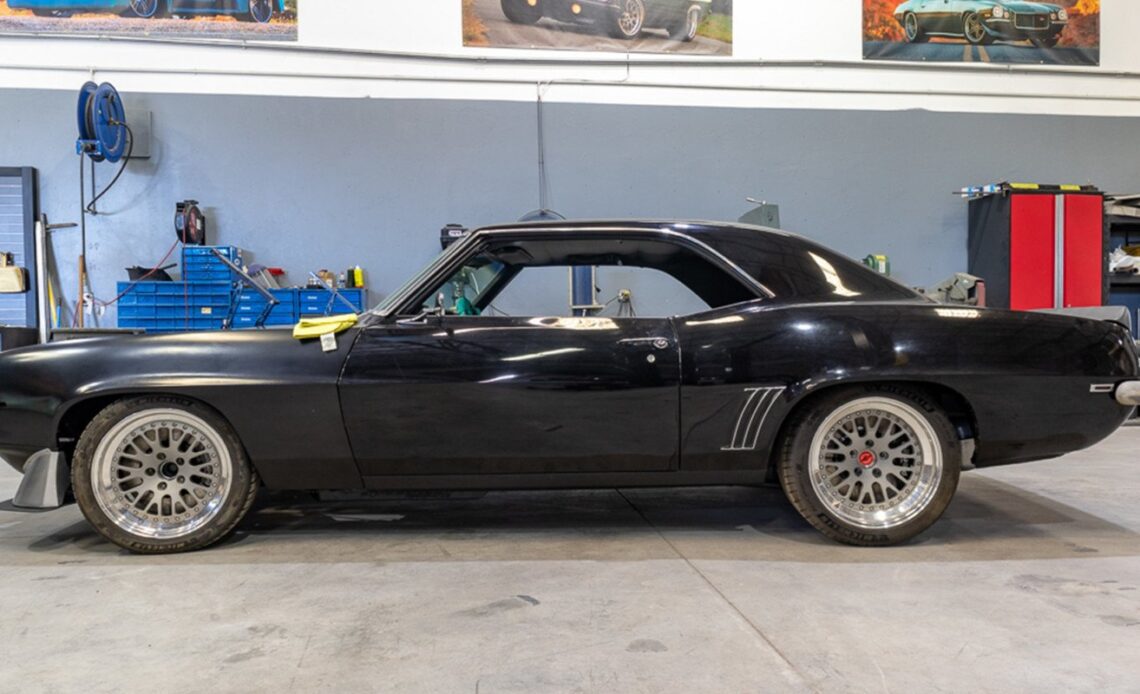When the muscle car entered its heyday back in the 1960s, so did the manufacturers’ implementation of a lighter-weight “unibody” chassis design. With individual subframes based around the front and rear suspension, the overall chassis’ rigidity relied on the body shell to support the car’s center section. When horsepower was increased beyond factory levels, the lack of a full-frame caused these cars to exhibit twisting and flexing problems during dragstrip launches and hardcore cornering. it didn’t take long until the bolt-in subframe connector was developed.
Speedtech took us through an in-house frame connector installation with a customer’s Camaro. Their professional fabricators meticulously follow their own instructions each time to find opportunities to perfect their installation manuals.
The first bolt-in subframe connectors did serve the purpose of stiffening the cars. But, just like overpowering a stock body, once you reached an even higher power level and/or increased launching and cornering demands, they also found their limits. A recent development in subframe design by Speedtech Performance created not just a subframe connector, but rather, a system incorporated into the floor pan. It also features an integrated crossmember that ties the frame sections together. This design is a game-changer for handling even the most extreme body flex.
The kit is fabricated from rectangular steel tubing and includes very detailed instructions for every cut and weld. Speedtech designers have found that some reproduction floorpan panels may not be accurate for measurement, so they describe how to overcome these difficulties within their instructions.
Crossbar Strength
Thomas LeClair, a marketing specialist at Speedtech, describes their new ’67 through ’69 Camaro subframe connectors. “Our frame-connector crossmember design adds strength by integrating it into the floor pan. With that, it also does not extend lower than the front subframe, making it very street friendly without sacrificing any ground clearance.”
Speedtech’s instructions may first appear intimidating to anyone short of an experienced chassis builder, but LeClair assures, “We designed the instructions to be very detailed. That does not mean they are overly complex. The instructions are explained down to the finest details and measurements to make exact cuts and fitment into your floorpan.”
The floor is cautiously cut to match the kit’s tubing. The bracing is welded…
Click Here to Read the Full Original Article at DragzineDragzine…

